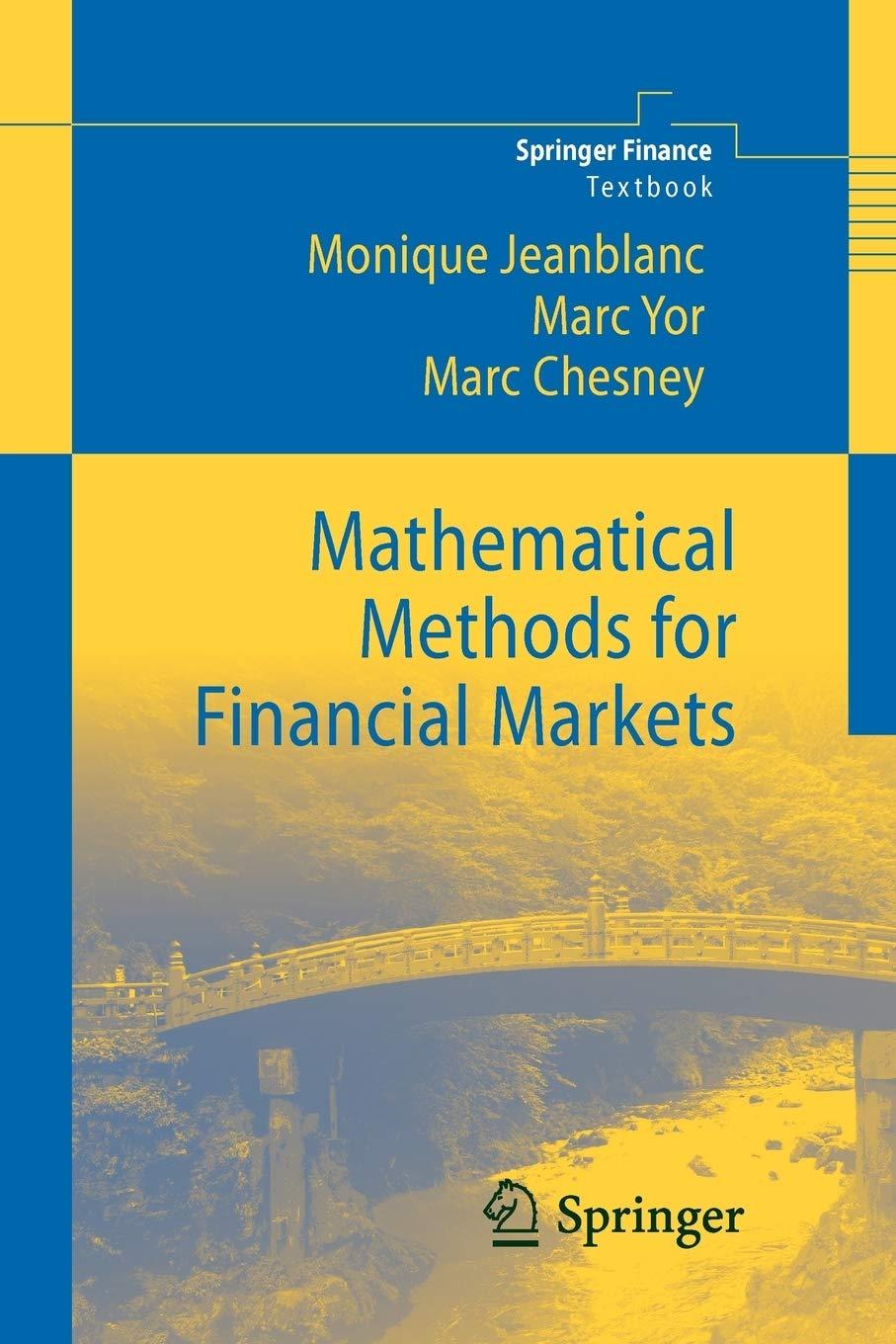Let (X stackrel{text { law }}{=} mathcal{N}left(m, sigma^{2} ight)) and (lambda>0). Prove that [mathbb{E}left(e^{-lambda X^{2}} ight)=frac{1}{sqrt{1+2 lambda
Question:
Let \(X \stackrel{\text { law }}{=} \mathcal{N}\left(m, \sigma^{2}\right)\) and \(\lambda>0\). Prove that
\[\mathbb{E}\left(e^{-\lambda X^{2}}\right)=\frac{1}{\sqrt{1+2 \lambda \sigma^{2}}} \exp \left(-\frac{m^{2} \lambda}{1+2 \lambda \sigma^{2}}\right)\]
and more generally that \[\mathbb{E}\left(\exp \left\{-\lambda X^{2}+\mu X\right\}\right)=\frac{\widehat{\sigma}}{\sigma} \exp \left(\frac{\widehat{\sigma}^{2}}{2}\left(\mu+\frac{m}{\sigma^{2}}\right)^{2}-\frac{m^{2}}{2 \sigma^{2}}\right),\]
with \(\widehat{\sigma}^{2}=\frac{\sigma^{2}}{1+2 \lambda \sigma^{2}}\).
Fantastic news! We've Found the answer you've been seeking!
Step by Step Answer:
Related Book For 

Mathematical Methods For Financial Markets
ISBN: 9781447125242
1st Edition
Authors: Monique Jeanblanc, Marc Yor, Marc Chesney
Question Posted:





